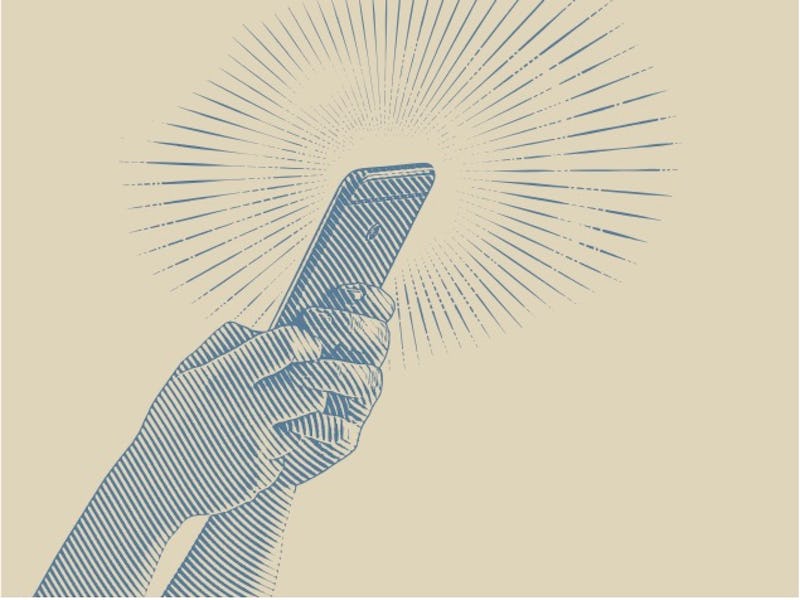Smartphones have drastically changed office life in 6 key ways
The world would never be the same after the iPhone unveiling.

When Steve Jobs showed off the first iPhone in June 2007, he wasn’t just introducing what would become Apple’s primary product, but something that would change pretty much every facet of life, especially the way we work.
The first popular smartphone — not the first ever, which would be IBM’s Simon in 1992 — led the world into the digital realm, and it can be hard to remember (or imagine, for people who grew up with them) just how we conducted ourselves without a personal computer in our pockets.
Here are some of the changes that smartphones have brought to our offices.
6. They freed people from their desks
Smartphones can’t take credit for getting rid of cubicles — Google played a large part in that — but they did free us from our desks. Not only did we no longer have to wait at our desks for calls to hardlined phones, but we could take our work anywhere (also to our detriment). This means that parts of the office that were normally reserved for breaks also function as work areas.
“Ancillary spaces like terraces, patios, and cafes are used for conference calls, and throughout the day, not just for events or at lunch time,” said Ashley Dunn, director of workplace for Dyer Brown Architects. “And with desk phones all but obsolete, there is more desk space and also more flexibility. Each desk can be allocated to a different employee on a given day.”
5. They removed menial tasks from support staffers
Before we were able to call a taxi or order launch with the tap on a screen, it typically fell on support staff to handle those things for managers and executives.
“Smartphones can handle many of the functions that were previously within the sphere of support staff,” Dunn said. “For example, you can use a badge app to access your office; book or check into a hoteling workstation or meeting room through your company’s space-sharing app; order lunch to be delivered for a meeting; submit a service request for a broken chair and so forth, all from your phone.”
4. They created a need for power
Power outlets, that is.
“Outlets, outlets, outlets. When employees depend so much on their smartphones, they need a place to charge wherever they are,” Dunn said. “New offices have USB charging outlets integrated into every space, into conference rooms and café tables and other furnishings, and in reception areas for guests’ phones. Meanwhile, wifi has become ubiquitous.”
3. On the other hand, people need to get away from them
Having a computer and a phone in your pocket all the time is empowering, but sometimes it becomes a bit too much.
“Smartphones are now so pervasive that many companies feel compelled to offer dedicated locations where smartphones are not allowed, often referred to as ‘quiet rooms’ or ‘serenity rooms,’” Dunn said.
People also want to be free from the noise generated by their co-workers, leading to the creation and increasing popularity of office phone booths. Thanks to smartphones and laptops, people can actually get work done in these small spaces.
2. They’ve become huge distractions
Instead of spacing out during meetings, we can now scroll through our social media feeds. As great as smartphones are for getting things done anywhere, they’re also huge distractions.
"While smartphones have helped to advance the collaborative process, they’ve also become a major distraction from doing real work during the day -- people check social media and texts and generally are not paying attention during meetings,” said Christian Giordano, president of Mancini Duffy. “They even prevent people from interacting at the common lunch table like they used to.”
1. They make it seem like we’re always working
“One of the downsides is that employees have less freedom to some degree, since ‘I stepped away from my desk’ is no longer accepted as an excuse for missed calls,” Dunn said. “Clients and colleagues know that you have your phone on you all the time, which suggests — for better and for worse — that you are available 24/7/365."
Hey, that’s what Do Not Disturb mode is for, right?